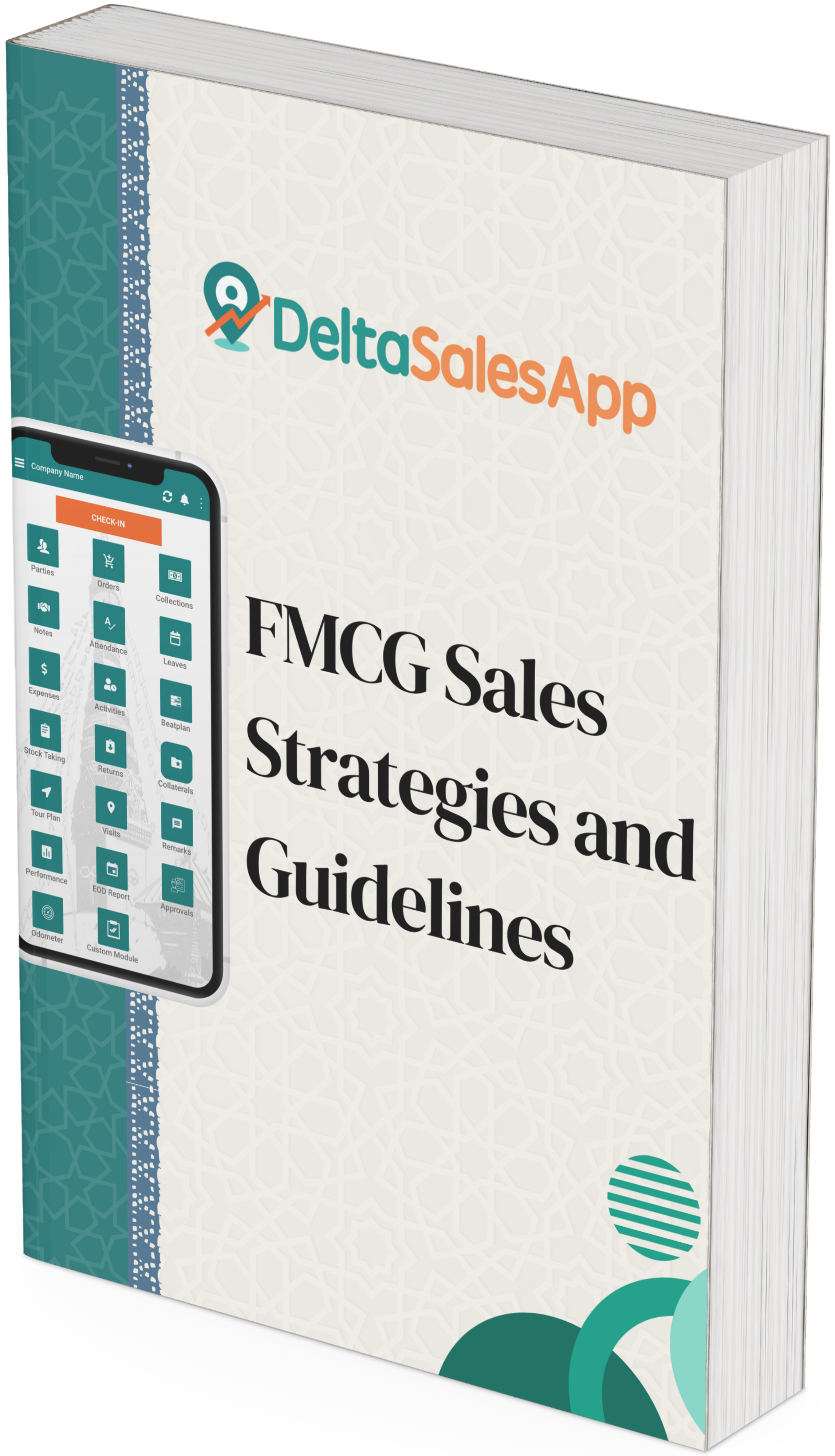Shopper, Customer, and Consumer: Key Differences Explained

In the retail world, shopper," customer, and consumer are often used interchangeably, but they refer to distinct roles in the buying process. These roles are crucial for understanding how people interact with products and services, and recognizing their differences can help retailers tailor their strategies to improve sales, customer satisfaction, and overall business performance.
1. The Shopper: The Explorer
The shopper is the individual who enters a store or visits an online marketplace to browse or explore products, but they may not necessarily intend to buy anything. Shoppers often come to a store to look around, compare prices, check out new arrivals, or gather information about a particular product. They may not have a specific purchase intention in mind, which means they’re in the process of deciding what they need or want.
Characteristics of a Shopper:
Exploratory Behavior: Shoppers are typically exploring various options and products, but they have not made a commitment to purchase.
Decision-Making Phase: They might still be figuring out what they want or need, so they are open to suggestions or nudges.
Influenced by External Factors: Shoppers are highly influenced by store displays, promotions, product visibility, and recommendations from staff or other customers.
Time Spent in Store: Shoppers tend to spend more time in the store as they are browsing different items or sections.
How Retailers Can Engage Shoppers:
Create Eye-Catching Displays: Use appealing displays and signage to grab the attention of shoppers and guide them to areas with new or high-demand products.
Offer In-Store Experiences: Host events, live demonstrations, or offer samples to engage shoppers and give them a reason to linger and explore.
Use Suggestive Marketing: Suggest complementary products or highlight trending items to help convert shoppers into customers.
2. The Customer: The Decision-Maker
The customer is the individual who makes a decision to buy. While a shopper might still be exploring options, a customer has crossed the threshold into commitment. A customer is the one who completes the transaction — they buy the product or service. Often, the customer is also the person who uses the product, but not always.
Characteristics of a Customer:
Intent to Purchase: Customers have made a conscious decision to buy and are actively looking for what they want to purchase.
Focused Behavior: They have a clearer idea of what they need, whether it’s a specific item from their shopping list or a product they’ve been considering for a while.
Price Sensitivity and Comparison: Customers may compare prices or look for the best deals. If they find a good offer, they are likely to make the purchase on the spot.
Less Time Spent in Store: Customers typically spend less time in-store than shoppers because they have already narrowed down their choices and are focused on completing the transaction.
How Retailers Can Engage Customers:
Simplify the Purchase Process: Ensure that the checkout process is quick and seamless, whether it’s online or in person, to ensure a smooth transaction.
Provide Assistance and Guidance: Be ready to assist customers with product questions, provide information on promotions, and offer upsells or cross-sells that enhance their purchases.
Incentivize Purchases: Use loyalty programs, discounts, or limited-time offers to encourage customers to buy more or make repeat purchases.

3. The Consumer: The End User
The consumer is the person who actually uses the product. This can be different from the customer, who may have purchased the product for someone else. For example, a parent might buy a toy (the product) for their child, making the child the consumer of the toy. Consumers are the ones who derive value from the product — they use it, benefit from it, and experience its functionality or features.
Characteristics of a Consumer:
End-Use of Product: Consumers are the ultimate users of the product, and their needs and preferences should be prioritized during product development, marketing, and sales.
Behavior Focused on Use: While shoppers and customers are focused on the act of buying, consumers care more about the product’s utility, quality, and relevance to their lives.
Feedback Providers: Consumers are more likely to provide feedback based on how well a product serves its purpose or fulfills their needs.
How Retailers Can Engage Consumers:
Product Quality and Functionality: Ensure that the products you sell meet the expectations and needs of the consumer. Prioritize quality, reliability, and relevance to the consumer’s life.
Tailored Marketing and Communication: Understand the end user’s needs and market products in a way that speaks directly to those needs. For example, parents will be more likely to buy a children's product if it emphasizes safety, durability, and educational value.
Customer Reviews and Testimonials: Showcase consumer reviews that highlight the benefits of your products. Consumers trust other users' feedback, and it can influence their purchasing decisions.
How These Roles Differ and Why It Matters:
Intent and Purpose:
Shoppers are exploring, browsing, and may or may not purchase.
Customers are actively buying, usually with a clear purpose and intent to make a purchase.
Consumers are the end users, the ones who derive actual benefit from the product, but they might not always be the ones making the purchase.
Influence on Purchasing Behavior:
Shoppers can be influenced by displays, promotions, and staff assistance but are not yet committed to buying.
Customers are more likely to be swayed by the value proposition, convenience, and sales support. Their decision to buy is more final.
Consumers influence the types of products that are popular in the market, as they are the ones who provide feedback based on product use.
Buying Journey:
Shoppers are in the discovery phase, exploring options and learning about products.
Customers are in the purchase phase, ready to take action.
Consumers are in the post-purchase phase, using and evaluating the product.
The Product’s Journey:
Shoppers may pick up a product but don’t necessarily end up buying it.
Customers bring the product to the checkout and make the final decision to buy.
Consumers take the product home or use it, where they either derive satisfaction or dissatisfaction, which may influence future purchasing decisions.
Why Understanding These Roles Is Crucial for Retailers:
Understanding the differences between shoppers, customers, and consumers allows retailers to refine their marketing strategies, sales processes, and customer engagement efforts. By identifying who is interacting with your products, you can adjust your approach to each role:
For Shoppers: You need to create an inviting, engaging shopping experience that encourages them to explore and eventually make a purchase.
For Customers: You should streamline the purchase process, offer personalized recommendations, and provide incentives to help close the sale.
For Consumers: Focus on product quality, customer satisfaction, and gathering feedback to enhance future purchases.
When you understand these roles and how they interact with your store, you can optimize every aspect of your business — from marketing to sales to customer service. This ensures that each person, whether they’re browsing, buying, or using, has a seamless and satisfying experience that drives both immediate and long-term success.
Conclusion
Understanding the differences between shoppers, customers, and consumers is crucial for retailers looking to optimize their sales strategies. Shoppers are explorers, seeking information and browsing options. Customers are decision-makers, ready to purchase. Consumers are the end users, experiencing the product and providing valuable feedback. By catering to the unique needs of each role, retailers can improve engagement, enhance customer satisfaction, and drive long-term business success.
Frequently Asked Questions (FAQ)
1. Can one person be a shopper, customer, and consumer at the same time?
Yes, a single individual can play all three roles. For example, someone browsing a store (shopper) decides to buy a product (customer) and then uses it themselves (consumer).
2. Why is it important for businesses to differentiate between these roles?
Differentiating between these roles helps businesses tailor their marketing strategies, improve customer experience, and boost sales by addressing the unique needs of each category.
3. Can a shopper never become a customer?
Yes, a shopper may browse a store without making a purchase, meaning they never transition into a customer.
4. How do retailers influence shoppers to become customers?
Retailers use visual merchandising, promotions, discounts, and customer service to encourage shoppers to make a purchase.
5. How do consumers impact future sales?
Consumers provide feedback, reviews, and word-of-mouth recommendations, which influence other potential customers and impact a brand’s reputation and sales.









